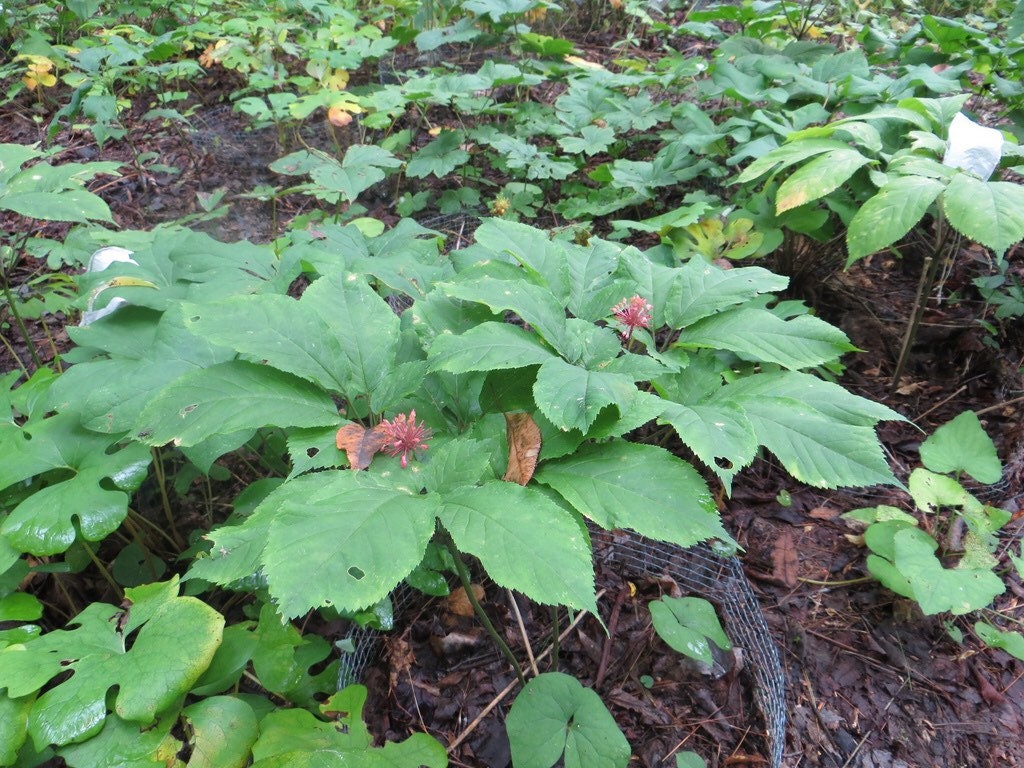

Native Ginseng had been present in northeastern US and Canada for centuries, long before European emigration began around 1500 AD, and colonial settlements had formed by the early 1600s ( 2). Ginseng grown in natural, wooded areas and under the typically stressful soil conditions of a non-homogenized swath will generally yield a plant whose gnarled roots and physical composition most closely resemble the true wild variety of the plant. Though the wild variety of ginseng can take several years to reach maturity, its cultivated counterparts mature much faster, and are usually more accessible and inexpensive than the wild type given their availability ( 2). Ginseng is highly treasured, and the wild variety has, in recent years, become an increasingly rare species to be found in the natural environment.Ĭultivated species of Panax Ginseng typically tend to grow up to 20 inches of height, and generally prevail in rich, damp soils found in the temperate climates which typically constitute that of the northeast United States ( 5). Panax Ginseng represents not only an important component of American history, but a noticeable staple in the global evolution of traditional herbal medicine, upon the gradual discovery of its medicinal and supplemental properties ( 2). The wild variety (in traditional Chinese, referred to as 野山參 or Wild Mountain Root ), closely resembles its cultivated counterpart species: American Ginseng, or Panax Quinquefolius, which is native to eastern North America, and the Korean species P. Ginseng is a perennial, herbaceous plant, belonging to the genus Panax.


 0 kommentar(er)
0 kommentar(er)
